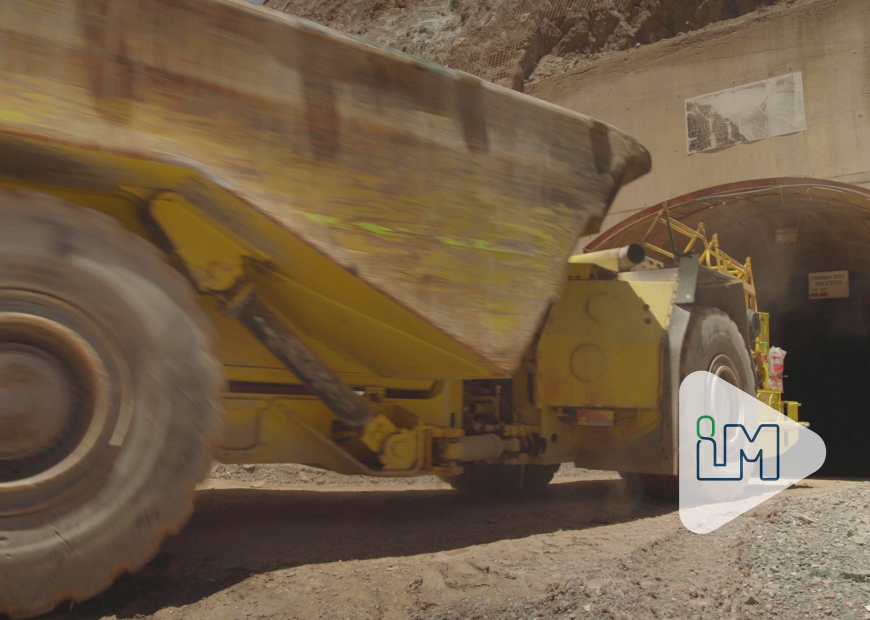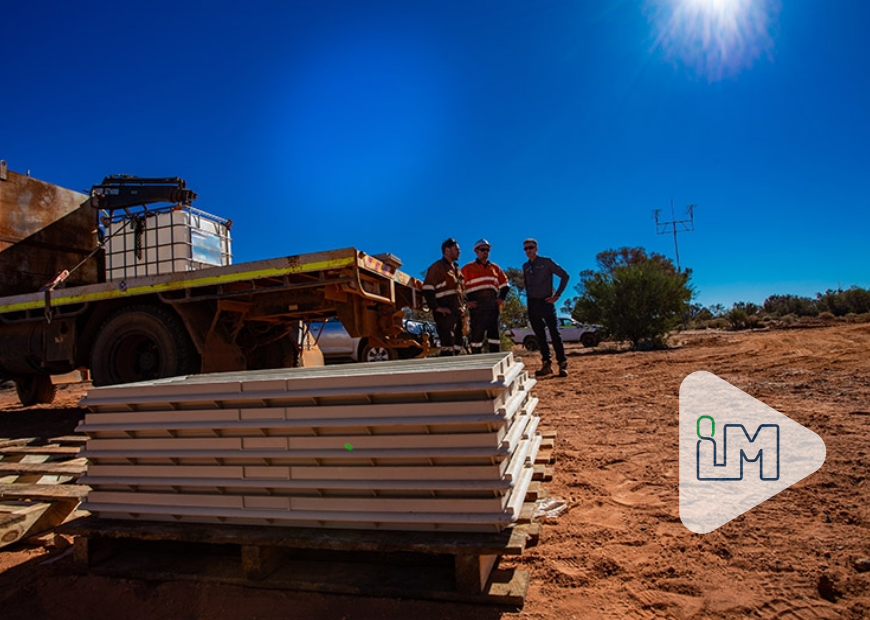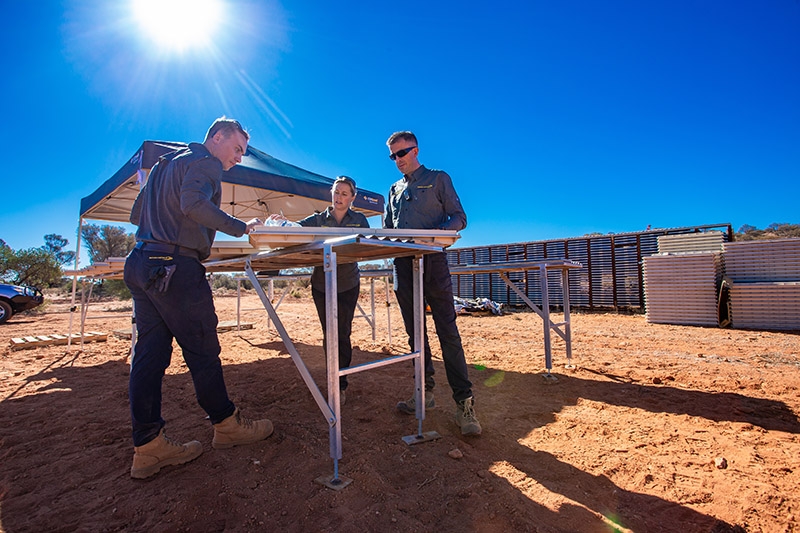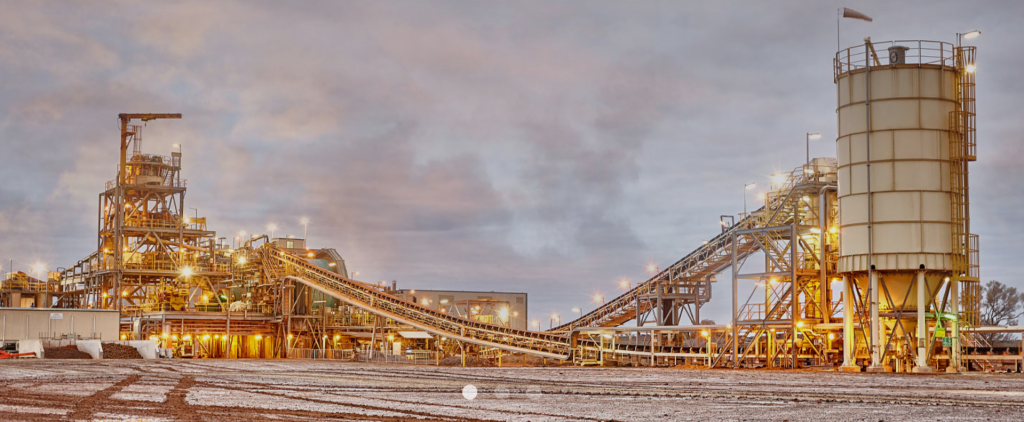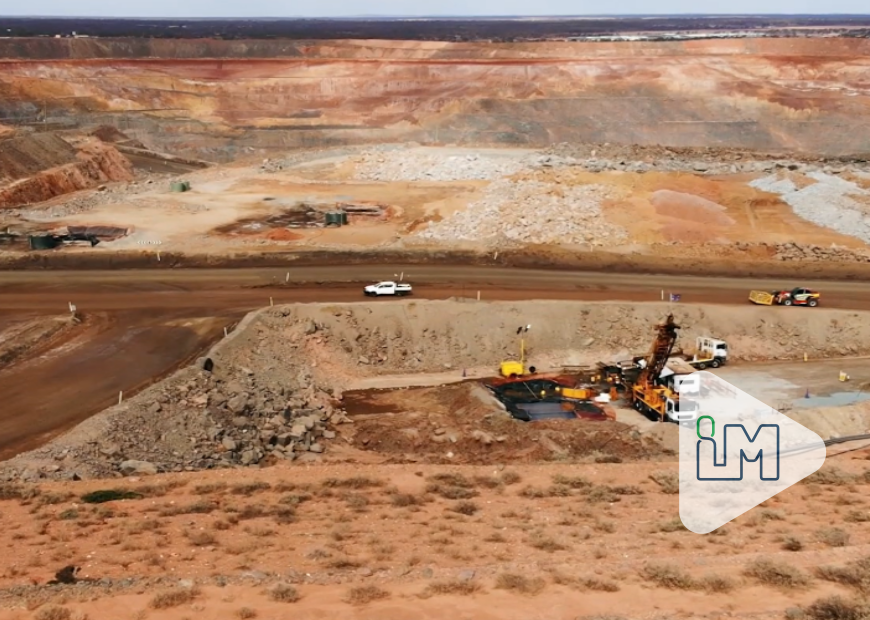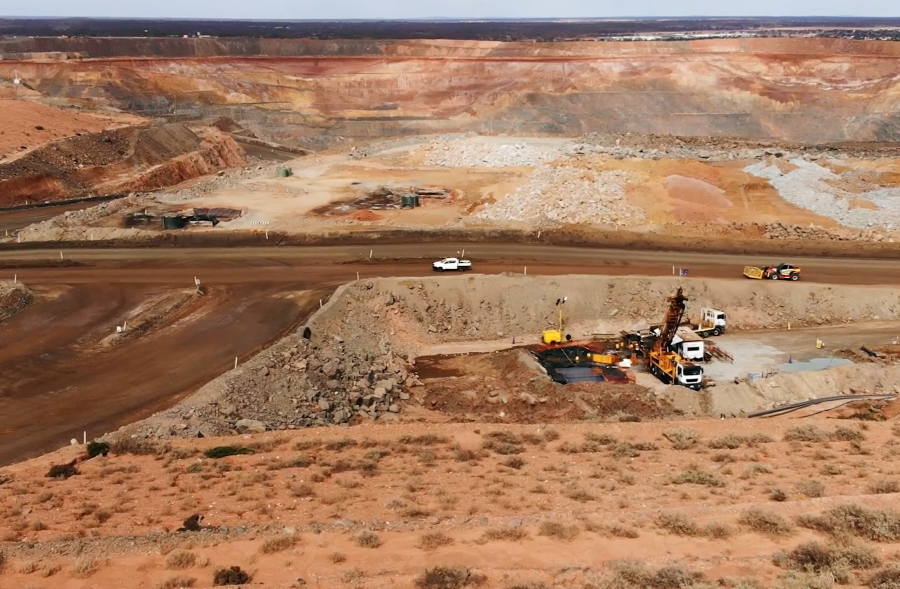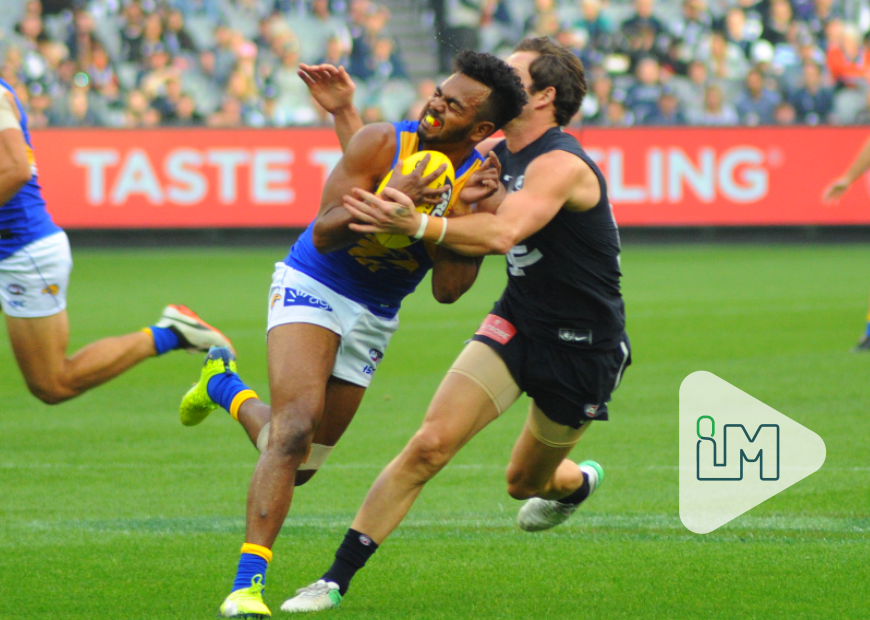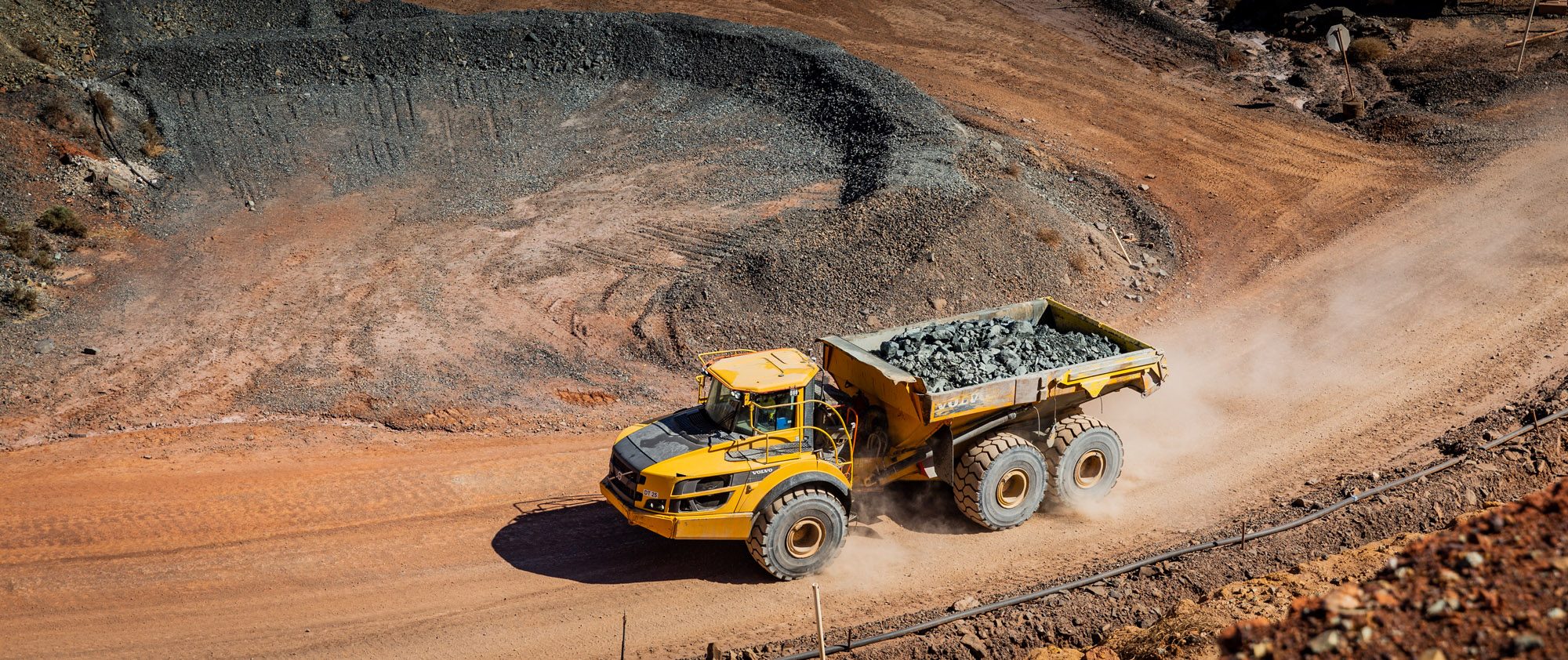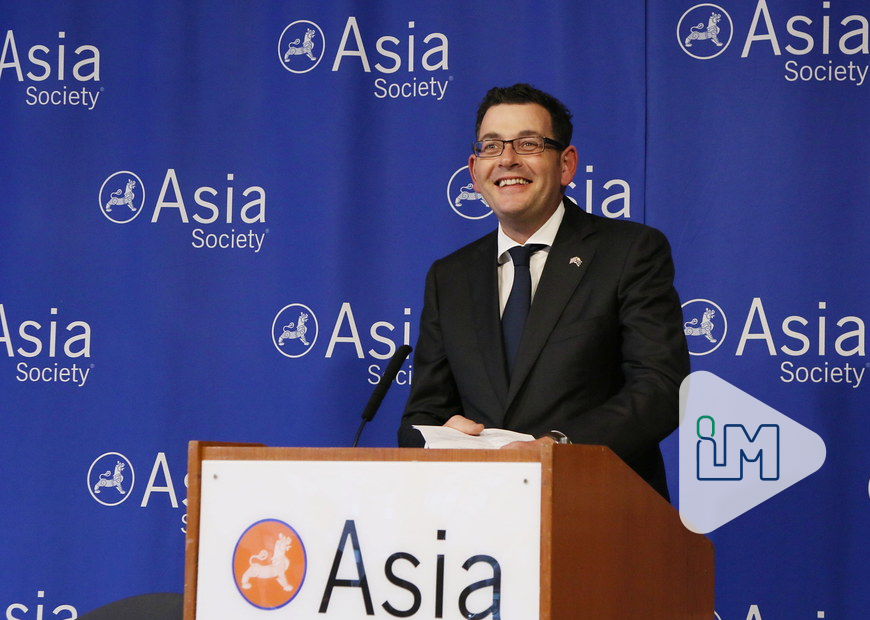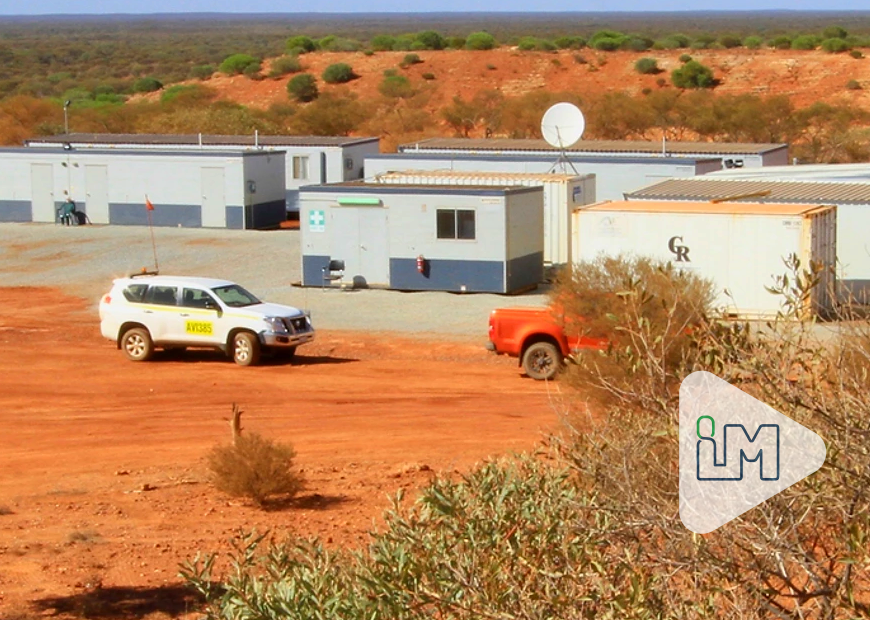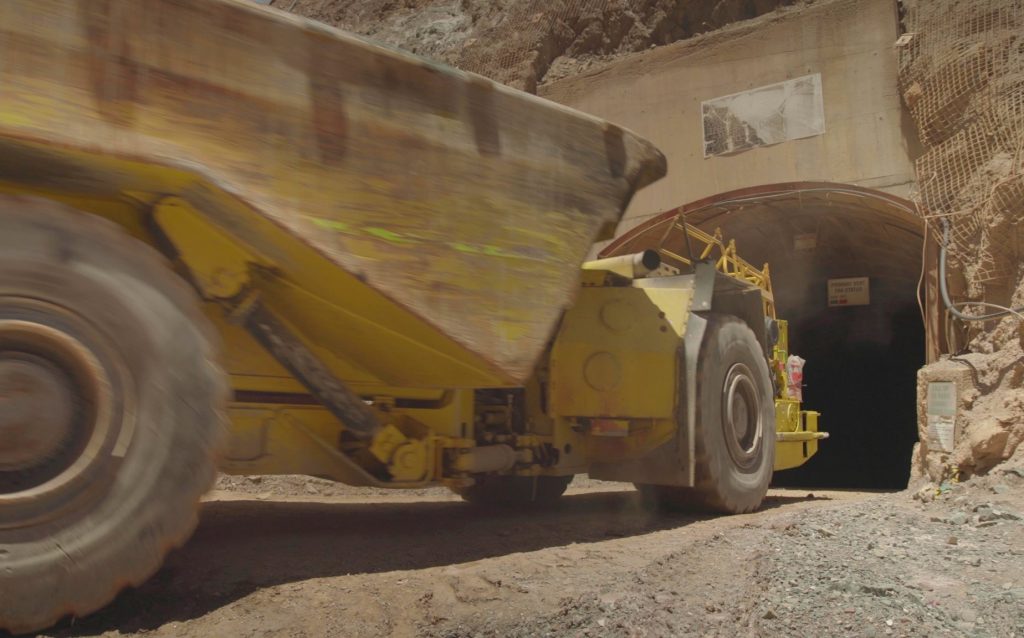
Wiluna Mining Excited About Latest Drill Results.
Wiluna Mining has released high-grade results from a further 45 holes and 10,534m of resource development drilling “under the headframe” at the Wiluna Mining Centre. So excited are they by the results that they titled their announcement: “The Giant is Now Very Much Awake.”
The Company is targeting infill definition and further extensions to high-grade sulphide zones in the initial areas to be mined, because every 1 g/t increase in the grade in the sulphides should result in an additional 25kozpa of production in Stage 1 and 50kozpa in Stage 2, resulting in lower production costs per ounce.
Wiluna Mining Executive Chair, Milan Jerkovic, commented: “Exceptional drilling results continue to flow from high priority sulphide mining zones at the Wiluna Mining Centre. This is noteworthy because results will underpin our updated Ore Reserves estimate to be published in January 2021. The Company is targeting high-grade zones, because every 1 g/t increase in the grade should result in an additional 25kozpa of production in Stage 1 and 50kozpa in Stage 2.
Some of the results went ~11metres at 29.4g/t and 3 metres at 100g/t with other holes producing grades well over 5g/t.
They say that exceptional drill results from each of the priority mining areas continue to validate the Company’s Stage 1 target of mining approximately 750,000 tonnes of underground sulphide ore per annum to produce, when fully ramped up, approximately 120,000oz per annum in gold doré and gold in concentrate commencing in October 2021.
Stavely Reports Biggest Hits Yet at Cayley Lode.
Stavely Minerals released resource drilling within the high-grade Cayley Lode discovery at the Thursday’s Gossan prospect, part of its 100%-owned Stavely Copper-Gold Project in Victoria, has returned one of the most significant intercepts since its discovery in September last year.
The spectacular new intercept in diamond hole SMD104, located ~275m south-east along strike from the discovery intercept of 32m at 5.88% Cu, 1.00g/t Au and 58g/t Ag in SMD050 continues to reinforce the scale, continuity and shallow nature of the copper-gold-silver mineralisation within the Cayley Lode.
An intensive resource drill-out is continuing with a focus of extending to the northwest within the 1.5km long discovery zone, with in-fill and step-out drilling continuing based on a roughly 40m x 40m drilling grid. The Mineral Resource drill-out is well advanced and progressing well.
Very broad zone of significant copper mineralisation intersected from shallow depths in the Cayley Lode in drill hole SMD104:
144m at 1.04% Cu, 0.15g/t Au and 3.4g/t Ag from 35m down-hole, including: ▪ 84m at 1.55% Cu, 0.23g/t Au and 5.0g/t Ag from 95m, including: 28m at 3.31% Cu, 0.49g/t Au and 7.1g/t Ag from 151m
Resource drilling will continue on a 40m x 40m drilling grid with four rigs operating and two further large-capacity rigs expected on-site within the fortnight.
RareX claim Bonanza Grades for Rare Earths in Latest Drill Campaign.
RareX reported further significant results from recently completed in‐fill and extensional drilling at its 100%‐owned flagship Cummins Range Rare Earths Project in the Kimberley region of Western Australia.
Results from the two latest RC holes include significant widths of high‐grade rare earths and niobium mineralisation with broad zones of bonanza grade mineralisation encountered in one of the holes.
The north‐west trending channel of mineralisation encountered in previously released drill holes has been confirmed in the latest results, further enhancing the potential size and grade of the Resource in this area.
Previous historical drilling on surrounding sections had confirmed the presence of high‐grade mineralisation down to 70m below surface. The current drill program has now extended the zone of high‐grade mineralisation to 130m below surface.
One of the holes contained wide ultra‐high grade zones including 13m at 10.7% TREO and 1.04% Nb2O5 from 76m and 8m at 9.1% TREO and 0.58% Nb2O5.
RareX Managing Director, Jeremy Robinson, said: “We continue to be impressed by the consistency of this thick, high‐grade mineralisation within this north‐west channel within the Resource. These impressive results provide strong support for the potential both to upgrade the Resource and to define a high‐grade component within the broader Resource.
“Understanding the controls on the high‐grade mineralisation in the weathered zone will also assist with targeting potential high‐grade primary mineralisation in follow‐up drilling to further expand the overall size of the Resource.”
Horizon Says Pre-Feasibility Results Are Positive.
When releasing the pre-feasibility results for Horizon (ASX:HRZ) Managing Director Mr Jon Price said: “Our Joint Venture partner RVT has done an excellent job demonstrating the quality and viability of this world class oxide vanadium resource. The Lilyvale deposit alone can provide globally significant supply for the next 100 years and easily expand production to meet the increasing demand from both the steel and emerging battery storage markets.”
“With this increase in demand in coming years and the reduction in the supply of vanadium from steel slags, we see the vanadium price continuing its steady climb and look forward to advancing the project to DFS level and commencing commercial production discussions with interested offtake partners.”
The Richmond – Julia Creek Vanadium Project is located approximately 50kms north-west of Richmond in North West Queensland. Richmond is a regional service town of 520 people situated 500kms by road to the west of Townsville and 400kms east of the mining town of Mt Isa.
The Mineral Resource update has resulted in improved grades over the previous Mineral Resource Estimate, and led to 76% of the Mineral Resource upgraded to the Indicated JORC Category for estimation of maiden Ore Reserves. In addition, the drilling enabled a large metallurgical sample representative of the orebody for additional concentration and downstream processing test work to also feed into the Pre-Feasibility Study.
A couple of nibbles for our News Bites:
Dacian Gold has re-negotiated their gold hedging for the next couple of years with 27,324 ounces moving from FY20121 to FY2022.
Managing Director, Leigh Junk, commented: “The restructuring reduces our obligations during FY2021, providing additional cash flow over the remainder of the current financial year by increasing our spot gold exposure. Now that our hedge profile is aligned with our production profile, the Company will be in a stronger position to pursue its corporate objectives.”
It would seem Mr Junk is turning the fortunes of the company around since coming on board.
Strategic Elements is developing a self-charging battery that it says will self-charge, be non-flammable, flexible, light and thin and environmentally friendly when compared to lithium batteries. The batteries are “printed” and ideal for Internet of Things (IOT) devices.
SOR Managing Director Charles Murphy said: “Early stage results are extremely promising as we apply years of experience and intellectual property in electronic inks into the development of a Battery Ink that generates electricity from the environment. From the Automated Robotic Security Vehicle we are building with US giant Honeywell, the ongoing commercialisation of the Nanocube Memory Ink, this new development in Battery Ink and other commercial activities on the horizon, SOR is generating significant momentum”.

